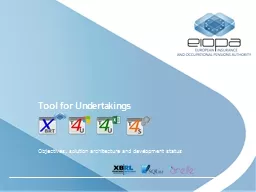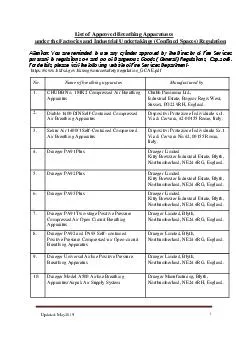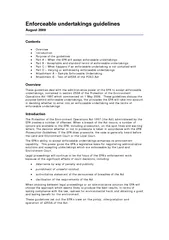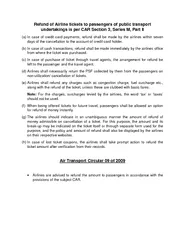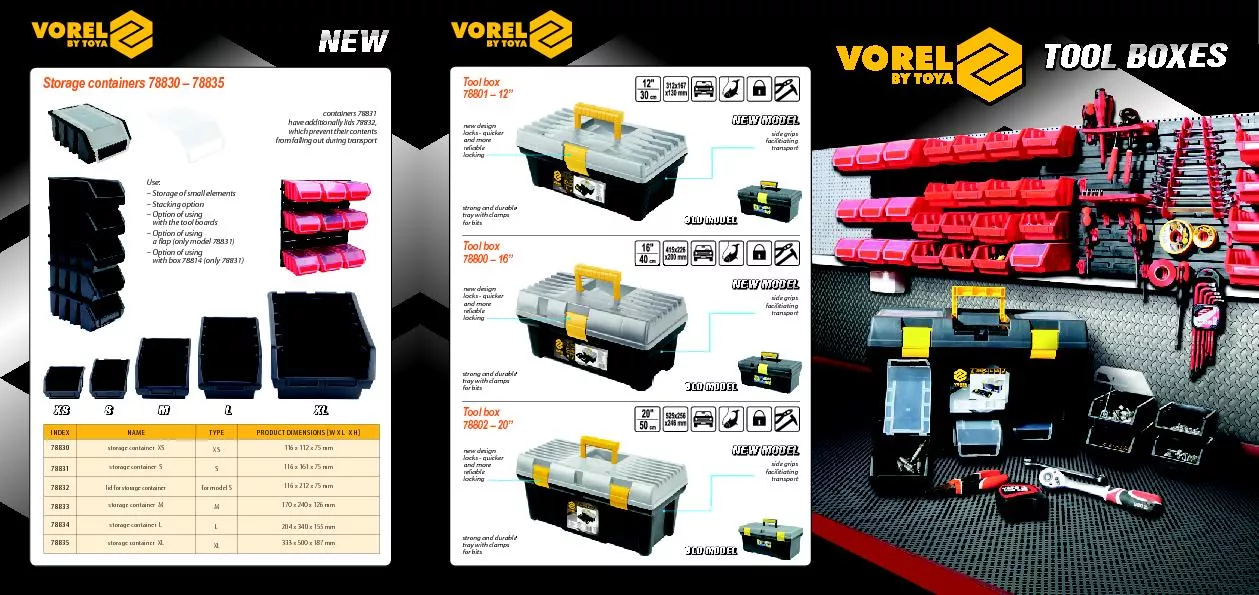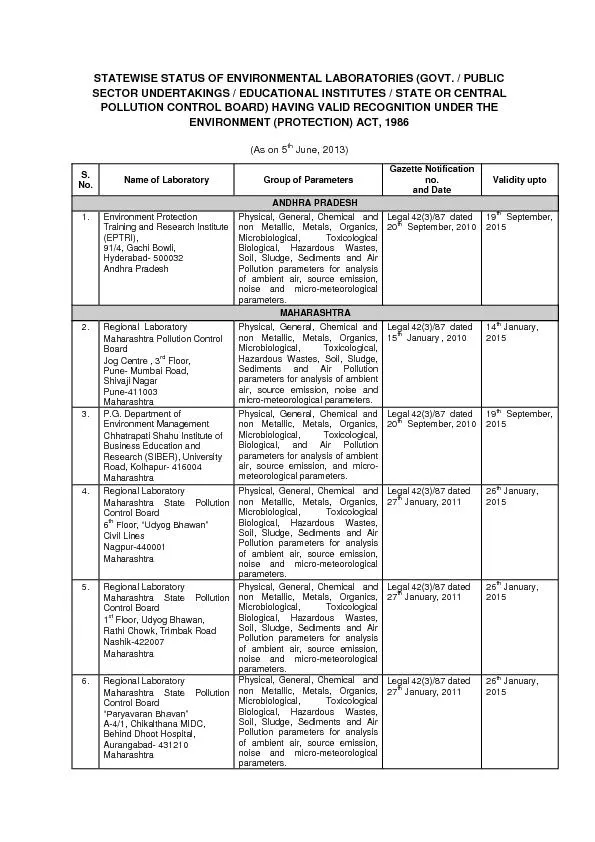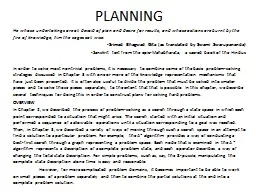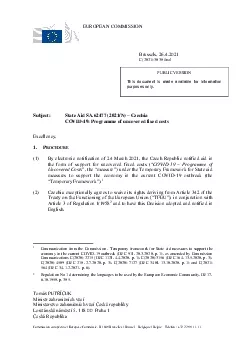PPT-Tool for Undertakings
Author : yoshiko-marsland | Published Date : 2015-09-28
Objectives solution architecture and development status Overview of the solution n Tool for Undertakings T4U and NCAs toolkit The main goals of the XBRT component
Presentation Embed Code
Download Presentation
Download Presentation The PPT/PDF document "Tool for Undertakings" is the property of its rightful owner. Permission is granted to download and print the materials on this website for personal, non-commercial use only, and to display it on your personal computer provided you do not modify the materials and that you retain all copyright notices contained in the materials. By downloading content from our website, you accept the terms of this agreement.
Tool for Undertakings: Transcript
Download Rules Of Document
"Tool for Undertakings"The content belongs to its owner. You may download and print it for personal use, without modification, and keep all copyright notices. By downloading, you agree to these terms.
Related Documents

